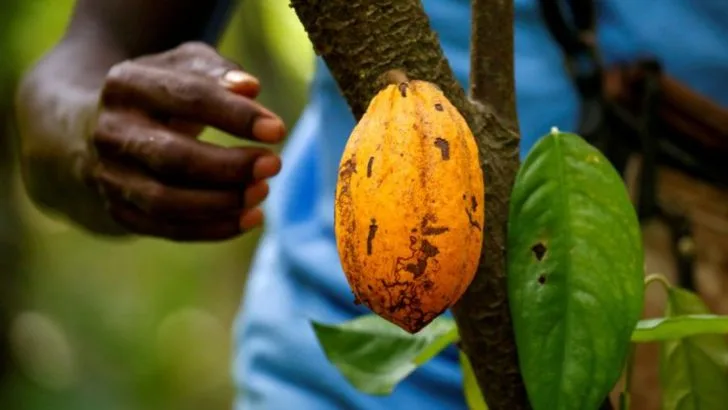Throughout history, plants have been smuggled across borders for reasons ranging from economic gain to scientific curiosity. In many cases, these plants have been hidden away in an effort to either protect valuable species from trade restrictions or to introduce new crops to different regions. While some smuggling operations were driven by greed, others were fueled by a desire to preserve or propagate plants that had the potential to transform agriculture or even change the course of history.
In this article, we’ll explore 19 plants that have been smuggled across borders, delving into the fascinating and often controversial stories behind their journeys. From rare orchids to crops with economic significance, these plants have traveled the globe, sometimes with unexpected consequences. Join us as we uncover the secrets behind their hidden travels and why people went to such lengths to move them from one country to another.
Cactus from Mexico
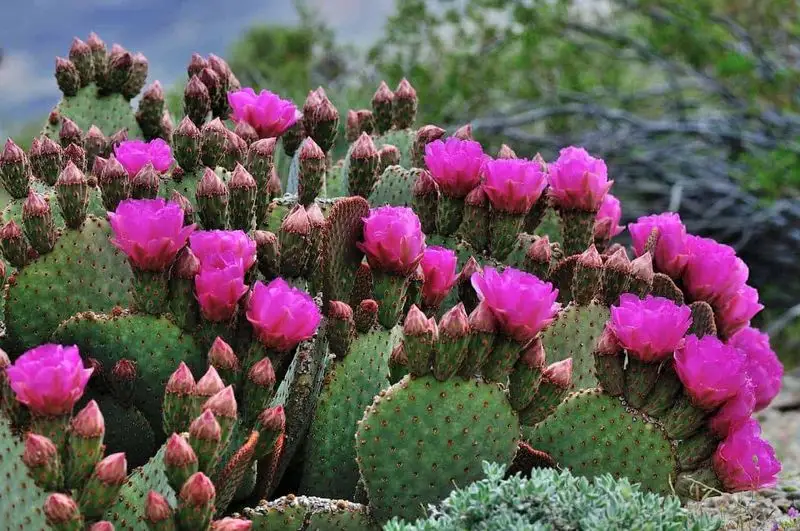
In the arid deserts of Mexico, cacti are more than just scenic ornaments. These unique plants have been smuggled due to their rarity and appeal to collectors. They thrive in dry climates, making them sought-after for xeriscaping in gardens around the world. Conservationists warn that illegal trade threatens their survival, yet their allure remains undeniable. Smugglers hide them in shipments of legal goods, hoping to bypass customs. For enthusiasts, owning a piece of the desert’s rugged beauty is irresistible, but it comes with ecological consequences that demand attention.
Orchids from Southeast Asia
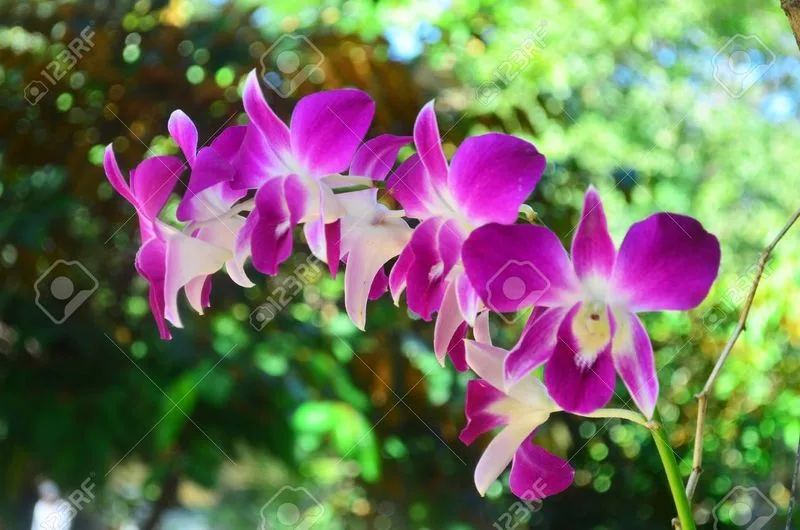
Celebrated for their stunning appearance, orchids have been a target for smugglers seeking profit in the black market. In Southeast Asia, these blooms hold cultural significance and are often used in traditional ceremonies. Their complex growth patterns make them highly desirable yet difficult to cultivate. Illegal harvesting threatens native populations, leading to a decline in biodiversity. Enthusiasts may inadvertently support this trade, unaware of the environmental impact. Sustainable sourcing and awareness can help preserve these floral wonders while allowing people to enjoy their beauty responsibly.
Venus Flytrap from USA
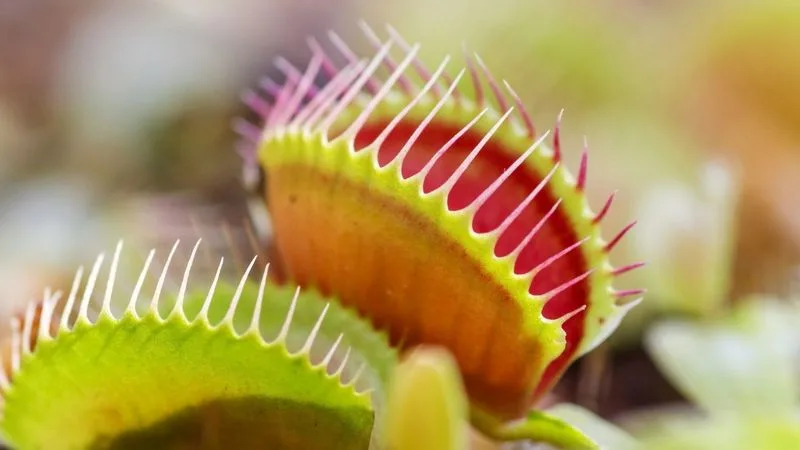
Hailing from the swampy regions of the southeastern USA, the Venus Flytrap captivates with its carnivorous nature. This intriguing plant has fascinated botanists and hobbyists alike, leading to its illicit trade. Collectors prize its unique mechanism of trapping insects, making it a sought-after species. However, over-collection has led to dwindling wild populations, raising conservation concerns. Smugglers often disguise these plants among legal exports, hoping to evade detection. Awareness and legal cultivation can help protect this iconic species, ensuring it remains a marvel for future generations.
Saffron Crocus from Iran
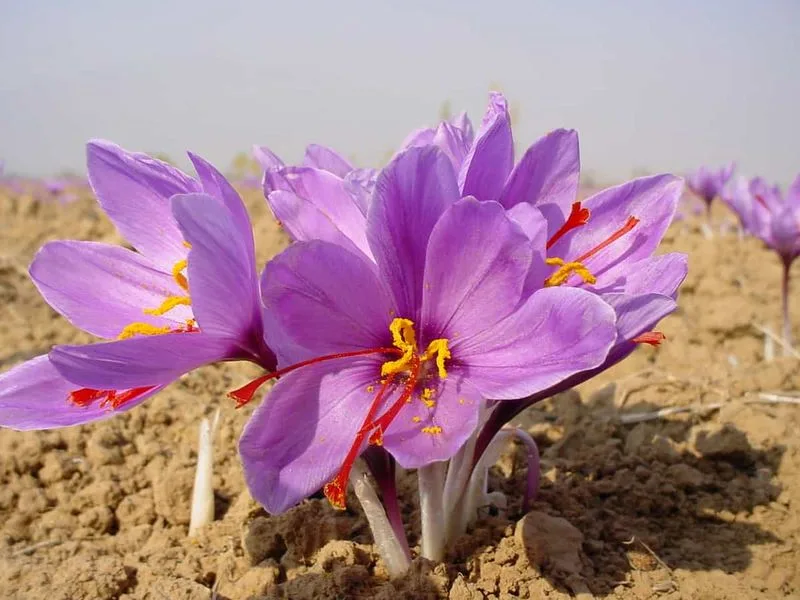
Renowned for its aromatic stigmas, the saffron crocus is often smuggled due to its high value. In Iran, where it’s traditionally grown, saffron is a prized ingredient in culinary delights. The labor-intensive harvesting process and its status as the world’s most expensive spice make it a target for illegal trade. Smugglers aim to bypass trade restrictions, seeking lucrative markets abroad. For consumers, understanding the origins and supporting fair trade can help combat this issue, ensuring that this golden spice remains a cherished culinary treasure.
Aloe Vera from Africa
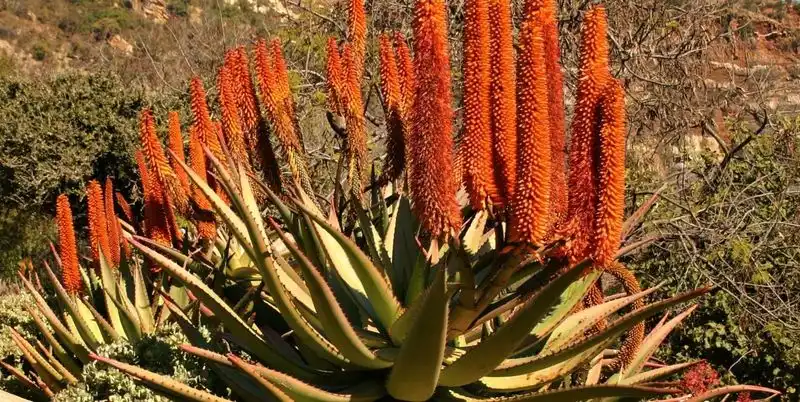
Aloe vera’s reputation as a healing plant has made it a target for smugglers. Native to Africa, its therapeutic properties are sought after in both traditional and modern medicine. From soothing burns to promoting skin health, aloe vera’s benefits are well-documented. However, illegal harvesting can threaten native populations, as demand often outpaces sustainable supply. Smugglers sneak it across borders, capitalizing on its popularity. Supporting ethical sourcing and cultivation can help maintain ecological balance, allowing this versatile plant to thrive without compromising its natural habitat.
Ginseng from Korea

Ginseng’s storied history in traditional medicine has made it a prime target for smuggling. In Korea, this root is revered for its health benefits, believed to boost energy and reduce stress. Its high market value attracts illegal traders, who exploit wild populations to meet demand. This unsustainable practice threatens the delicate balance of ecosystems where ginseng naturally grows. Consumers eager for its benefits may unintentionally support this trade. Emphasizing certified sources and cultivation practices can safeguard wild ginseng, ensuring its availability for future generations.
Marijuana from Canada
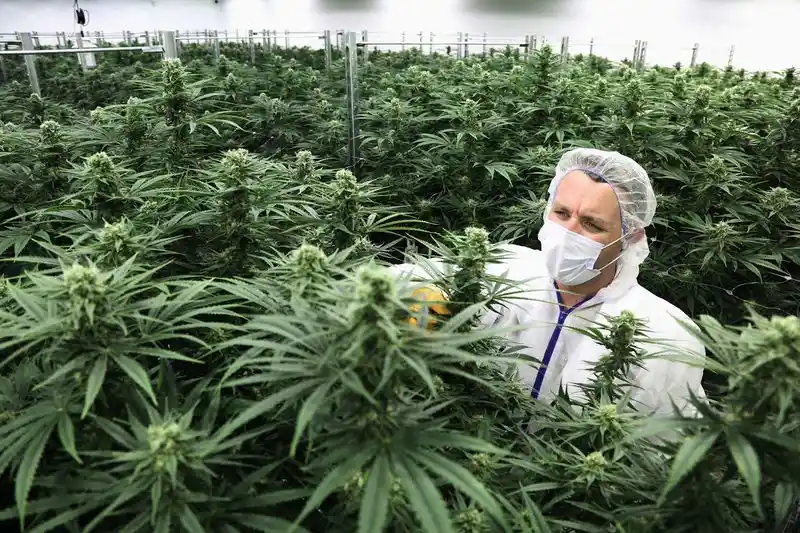
The legalization of marijuana in Canada hasn’t stopped its smuggling across borders. Despite legal availability, the allure of high-quality strains at lower prices fuels the underground market. Smugglers exploit regulatory differences, transporting the plant to regions with stricter laws. This highlights the complex relationship between legality, demand, and supply. Consumers seeking specific strains may inadvertently support these operations. By understanding legal avenues and supporting legitimate businesses, individuals can enjoy cannabis responsibly while minimizing the impact of illegal trade.
Coca Plant from South America
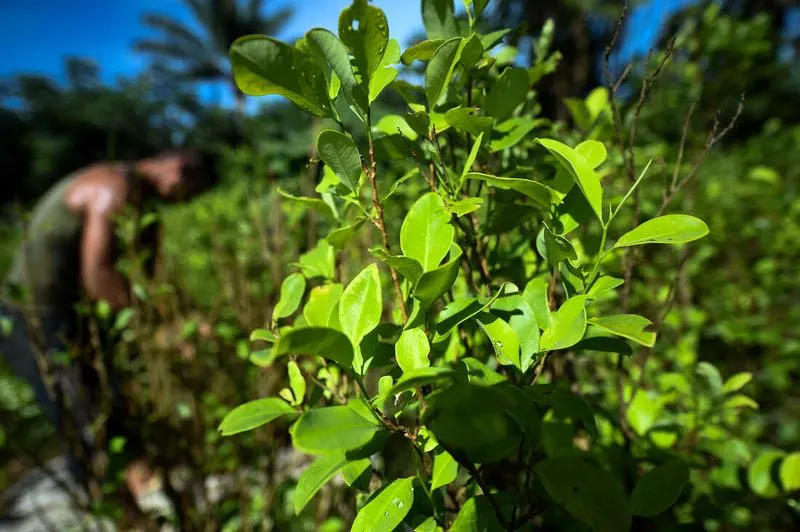
The coca plant, native to South America, is infamously linked to the production of cocaine. Despite its traditional use by indigenous communities for medicinal purposes, it’s heavily smuggled due to its role in the drug trade. The plant’s leaves are processed into a potent narcotic, driving illegal cultivation and export. This illicit trade fuels crime and environmental degradation. Efforts to curb smuggling often clash with local traditions, complicating enforcement. Supporting sustainable development and understanding cultural contexts can help address the root causes of this persistent issue.
Khat from East Africa
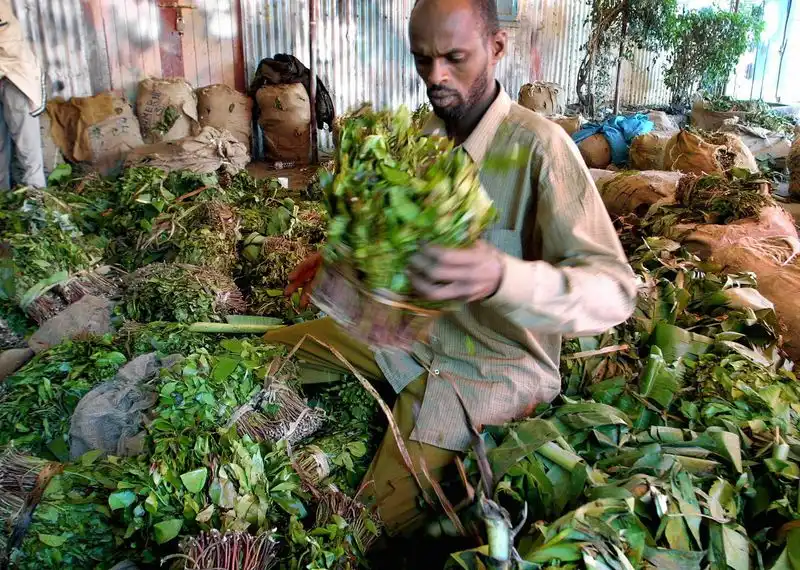
Khat, a stimulant plant native to East Africa, is chewed for its psychoactive effects. While legal in some countries, it’s banned in others, leading to a thriving smuggling industry. Its cultural significance in social rituals often clashes with legal restrictions abroad. Smugglers transport khat to diaspora communities, where it’s prized for maintaining cultural ties. However, the legality varies widely, leading to complex legal landscapes. Understanding local laws and cultural sensitivities can aid in creating balanced policies that respect traditions while addressing legal concerns.
Coffee Beans from Ethiopia

Coffee beans from Ethiopia, the birthplace of coffee, are occasionally smuggled to protect coveted strains. The rich biodiversity and unique flavors of Ethiopian coffee make it highly desirable. Smugglers aim to capitalize on rare varieties, bypassing official channels to reach niche markets. This illicit trade undermines fair trade efforts and can harm local economies. Coffee enthusiasts may unwittingly support this by seeking exclusive beans. Promoting transparent sourcing and supporting ethical brands can help ensure that coffee remains a sustainable and equitable industry for producers and consumers alike.
Cocoa Beans from Ivory Coast
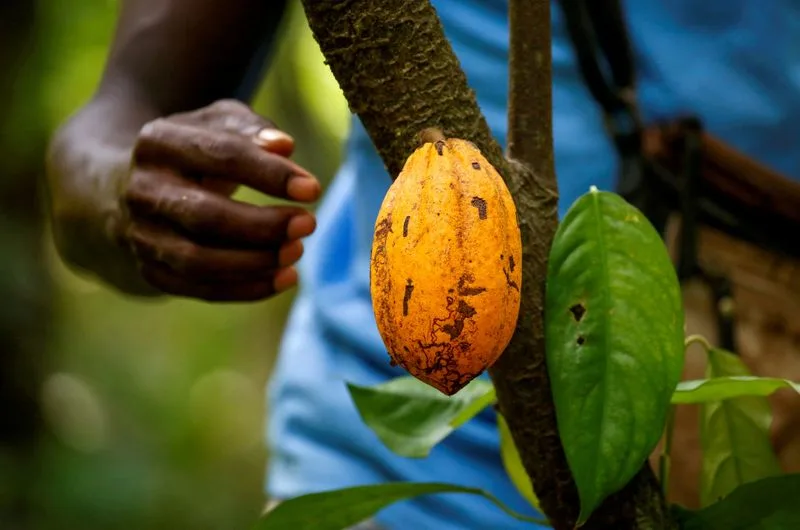
The Ivory Coast, a leading cocoa producer, faces challenges with cocoa bean smuggling. This illegal trade is fueled by price discrepancies and demand for premium beans. Smugglers transport beans across borders to evade taxes and secure better prices. This practice undermines local economies and fair trade initiatives. Chocolate lovers might unknowingly contribute by seeking exclusive flavors. Supporting certified fair trade products can mitigate the impact of smuggling, ensuring that the chocolate industry benefits local communities and remains sustainable. Consumers can indulge responsibly by choosing ethically sourced chocolates.
Peyote from Mexico
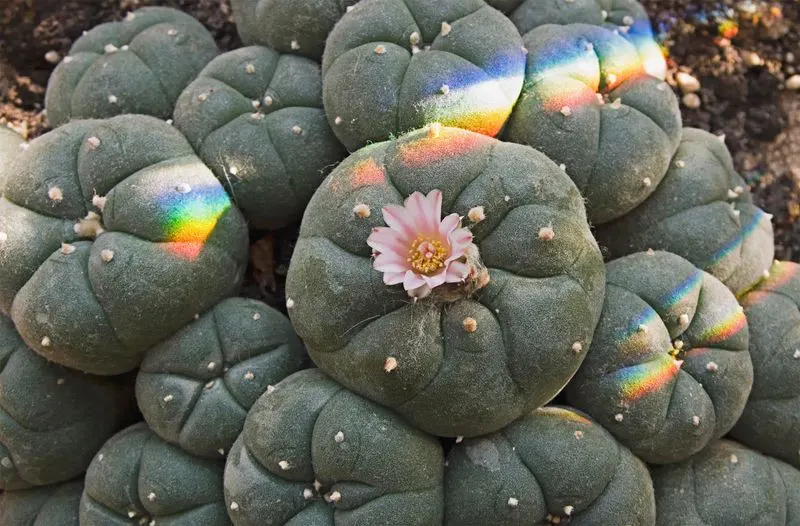
Peyote, a small cactus native to Mexico, holds spiritual significance for indigenous tribes. Despite its protected status, it’s frequently smuggled for its psychoactive properties. The plant is used in religious rituals, but illegal harvesting threatens its survival. Smugglers often target peyote due to its high demand among those seeking altered states of consciousness. The cultural and ecological implications of this trade are profound, jeopardizing both traditions and biodiversity. Supporting conservation efforts and legal protections can help preserve peyote, allowing its use within traditional contexts without exploitation.
Rice from India
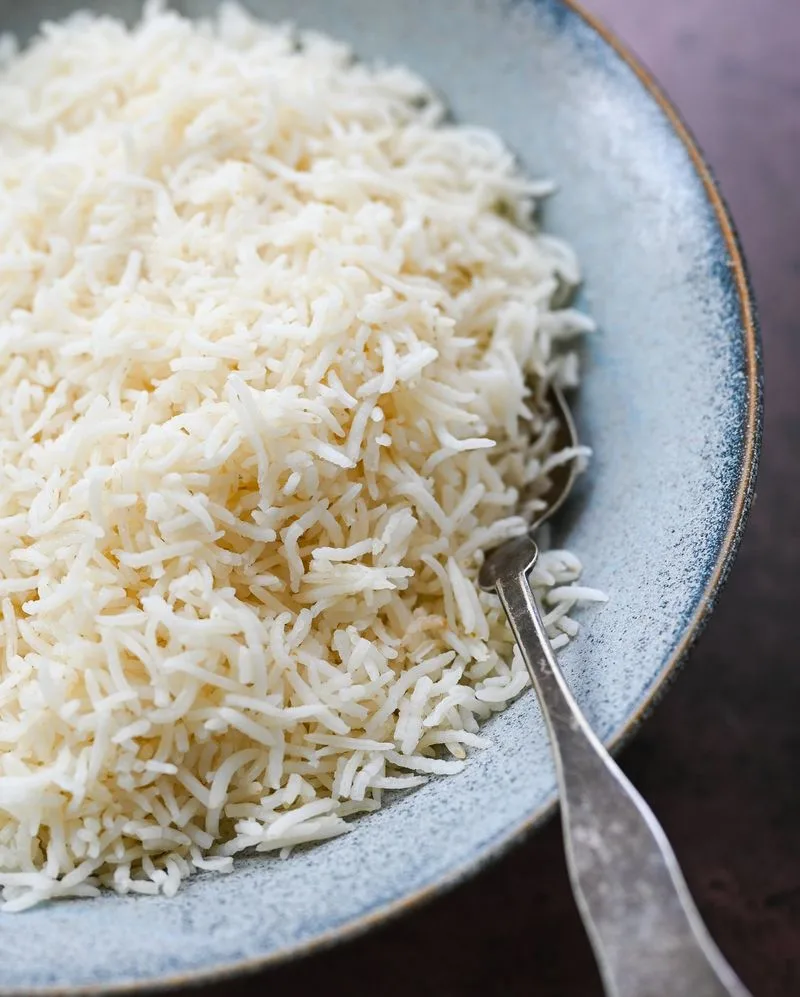
Rice, a staple food worldwide, is sometimes smuggled from India to evade export restrictions. The country’s diverse rice varieties, including basmati, are in high demand. Smugglers transport rice to meet international cravings, bypassing tariffs and regulations. This trade can distort market prices and impact domestic supply. Consumers may unknowingly support this by choosing unregulated sources. Promoting transparent trade practices and supporting local farmers can help stabilize markets, ensuring that rice production benefits both producers and consumers. Enjoying rice should come with a consciousness of its complex global journey.
Tobacco from Cuba
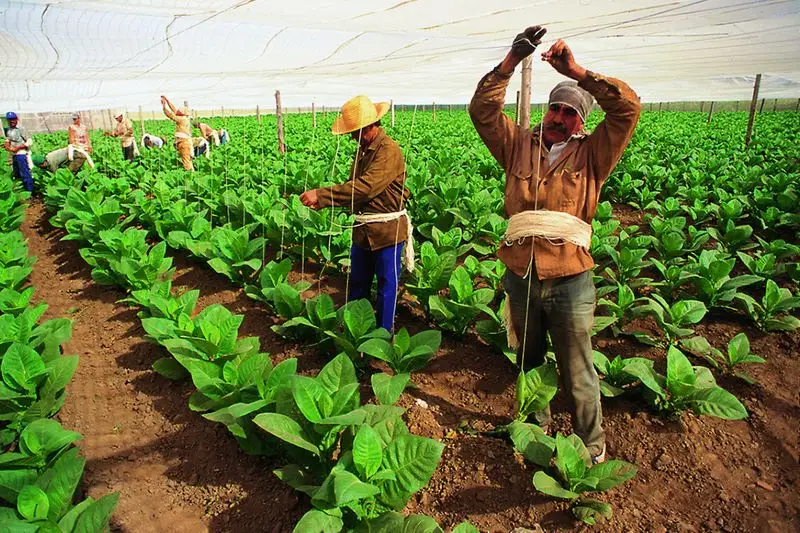
Cuban tobacco, revered for its quality, is often smuggled to satisfy international demand. The island’s unique climate and soil produce exceptional leaves, making Cuban cigars a coveted luxury. Smugglers exploit this reputation, transporting tobacco to markets where restrictions apply. This trade circumvents legal channels and can impact local economies. Connoisseurs seeking authentic cigars might inadvertently support smuggling. Understanding the origins of tobacco products and supporting legitimate sources can help preserve Cuba’s artisanal heritage while reducing the influence of illegal trade.
Avocados from Mexico
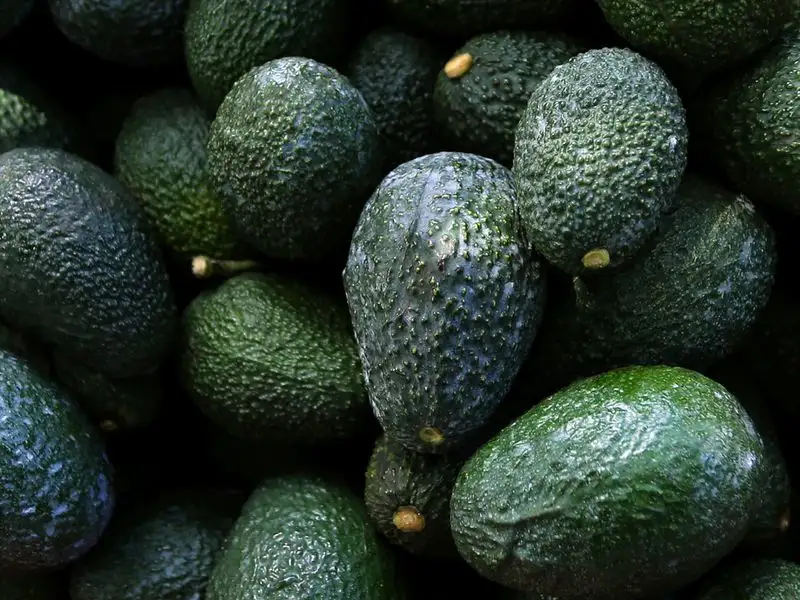
The popularity of avocados has led to a surge in smuggling from Mexico. Known as ‘green gold,’ their high market value attracts illegal trade. Smugglers bypass tariffs and restrictions to meet global demand, impacting local farmers. The environmental cost of intensified production often goes unnoticed. Consumers eager for this superfood may support this trade unknowingly. By choosing certified sources and understanding the impact on local communities, individuals can enjoy avocados responsibly. Supporting sustainable practices ensures that this beloved fruit contributes positively to economies without fostering illegal activities.
Cinnamon from Sri Lanka
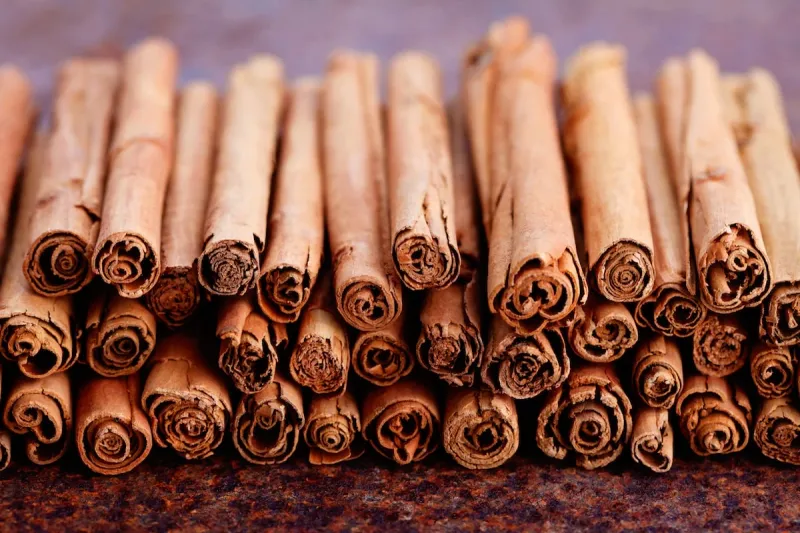
Sri Lankan cinnamon, prized for its distinct flavor and aroma, is occasionally smuggled to meet international demand. The labor-intensive cultivation process contributes to its high value. Smugglers aim to circumvent export duties and capitalize on premium prices abroad. This practice can harm local economies and undermine fair trade efforts. Spice enthusiasts might unknowingly support this by seeking exclusive varieties. Emphasizing ethical sourcing and supporting local farmers can ensure that cinnamon production remains sustainable and equitable. Choosing certified products helps maintain the spice’s legacy while respecting its origins.
Truffles from Italy
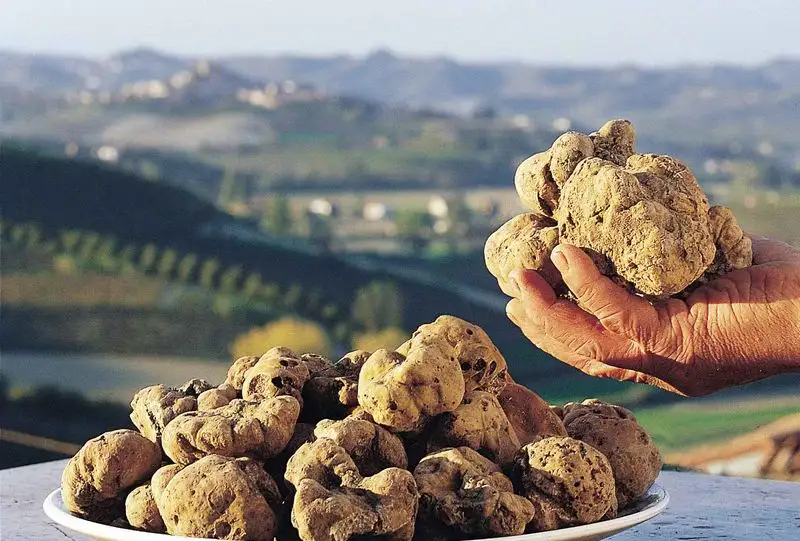
Italian truffles, known for their culinary prestige, are frequently smuggled due to their scarcity and high value. These underground fungi command exorbitant prices, attracting illegal hunters who bypass regulations. Smugglers transport truffles across borders to satisfy gourmet demand, often depleting local supplies. Foodies eager for this delicacy may inadvertently fuel this trade. Supporting sustainable harvesting practices and buying from reputable sources can help maintain truffle populations. By appreciating these treasures responsibly, consumers can enjoy their exquisite flavors while safeguarding their future availability.
Tea from China
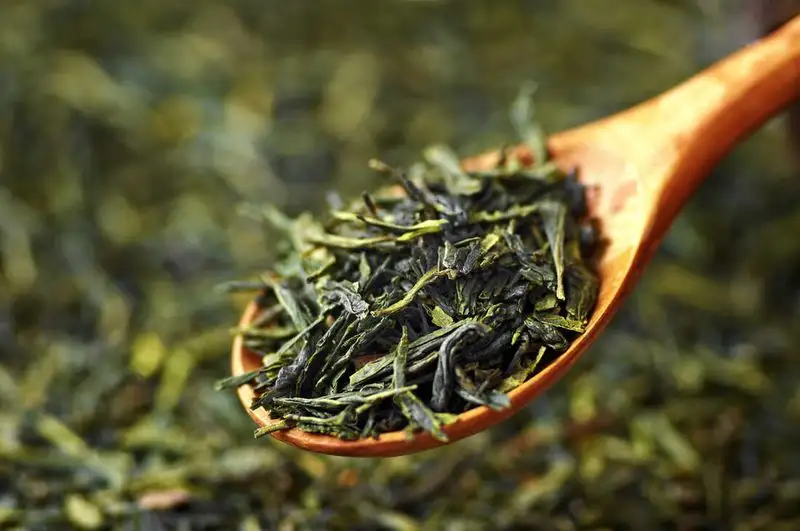
China’s rich tea heritage includes varieties that are sometimes smuggled to satisfy international palates. The country’s diverse climate and traditional methods produce unique flavors, making Chinese tea highly coveted. Smugglers aim to bypass tariffs and access niche markets with rare teas. This trade can undermine fair practices and harm local growers. Tea enthusiasts might inadvertently support these operations by seeking exclusive brews. Promoting transparency and supporting ethical brands ensures that tea production benefits all stakeholders. Enjoying a cup of tea should come with an appreciation for its journey from leaf to cup.
Sandalwood from India
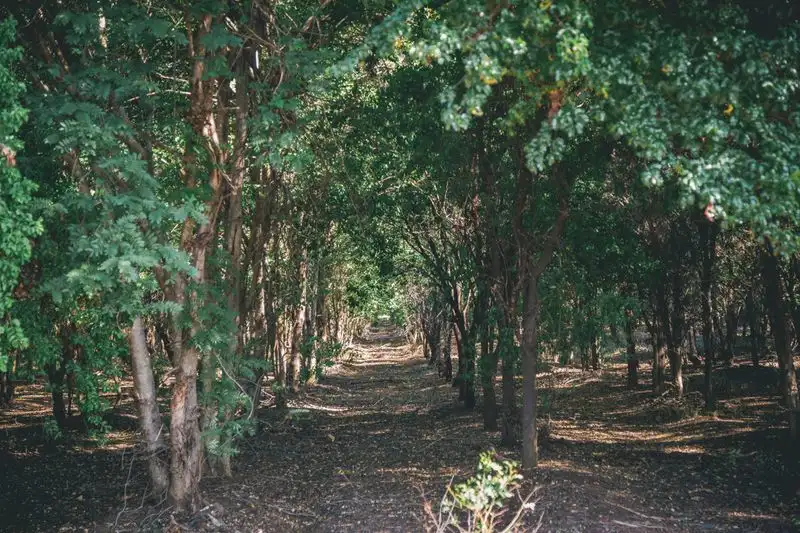
Sandalwood, treasured for its fragrance and spiritual significance, is often smuggled due to its high demand. In India, where it’s most famously grown, the wood is used in religious rituals and perfumery. Smugglers exploit this value, leading to overharvesting and depletion of wild stocks. This trade threatens local ecosystems and cultural practices. Consumers seeking authentic sandalwood products may unknowingly support illegal activities. Supporting sustainable sourcing and certified products can help protect this precious resource. Ensuring sandalwood’s availability for future generations requires responsible consumption and a commitment to conservation.

